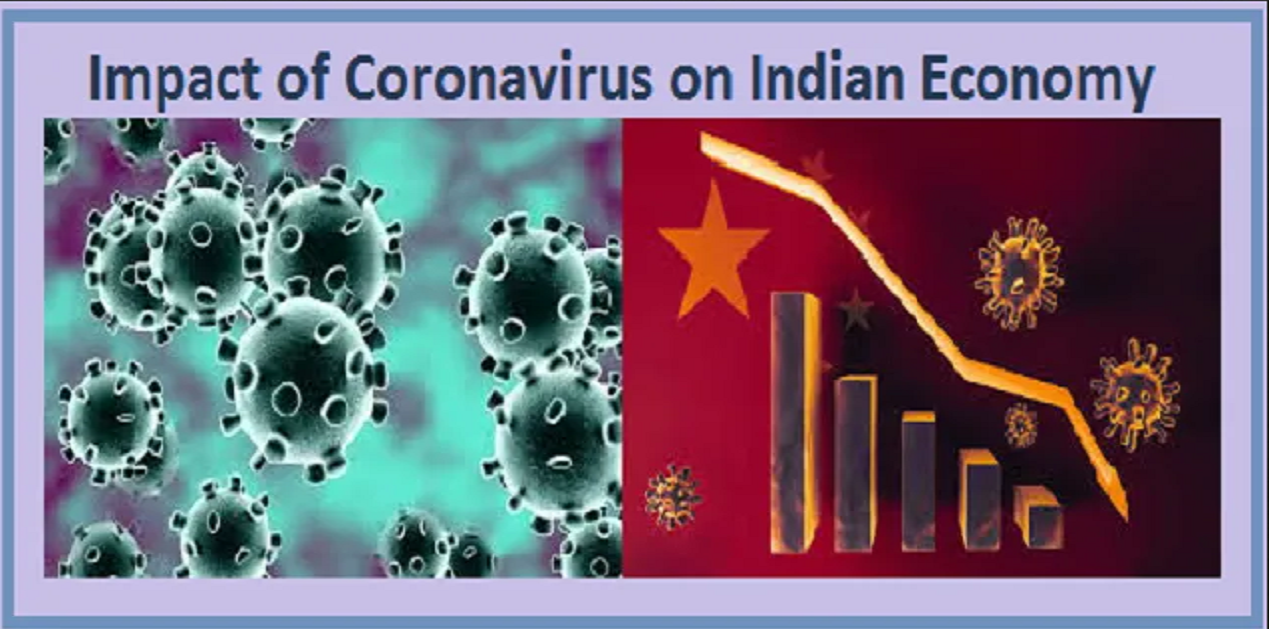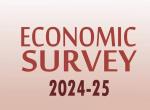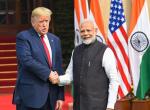Epidemic is inversely proportional to economic enterprise and growth in any country. Likewise, any pandemic has a penchant to puncture the global economic growth. Corona virus will lead to recession and economic collapse if corrective measures with right policy choices are not undertaken on a war footing. Human and healthcare costs will be immense. World is in a tizzy with this double whammy especially as for last couple of years the trade and tariff wars launched by the Trump Administration; lower oil prices; lower growth rates; demand and supply contraction; and overt and dangerous protectionist tendencies in the market place have already engineered recession. Not that the global economies had recovered from the 2008 financial crisis.
But Covid 19 has struck the final nail with overall economic and industrial activity slowing down with increasing lock downs within the countries and border controls across the world to fight the virus. Unemployment is growing exponentially which will cause further socio-economic crisis in the near term. The IMFManaging Director K Georgieva has acknowledged “World economy is in a recession and way worse than the global financial crisis of 2008. It is a crisis like no other & never in the history of IMF, we have seen the world economy coming to a standstill”. IMF has announced that it will be willing to use its War chest funds of US$ 1 trillion to support the global economy’s revival.
Several countries have come up with their own salvaging plans to fight the virus and revive the economy with injection of significant funds with US leading the pack announcing $ 2.2 trillion and European Union with a package of $ 300 billion in industry support. G20 leaders at their recently held Virtual Summit expressed great solidarity and expressed deep concern while announcing injection of about US$ 5 trillion in the global economy. This is the 3rd World War of a different kind where humanity is at stake.
The most recent Economic Intelligence Unit Survey predicts a recession and negative growth of almost all economies except India, China and Indonesia which will also see a much-emaciated GDP growth rates in 2020. While China and Indonesia are likely to grow by about 1%, India, one of the fastest growing economies, will decelerate to around 2.1%. With businesses shut during prolonged lock down periods the correction in downward slide is unpredictable. As such during the past several quarters Indian economy has been on a downward trajectory. Yet it is still ranked as the fastest growing major economy. But Corona impact will have deep and wide-ranging impact on key manufacturing industries like in the auto sector, gems & jewellery, textiles, engineering, aviation, shipping and logistics, hospitality and tourism sectors and exports will be facing the biggest brunt. The FMCG, food processing and drugs and pharma sectors might see an upward trajectory because of consumption patterns directly related to Corona compulsions.
Oil & Gas sector due to low international prices will reduce the import bill which might give a cushion to the stress on economy. At the same time since the Services sector constitutes over 60-65% of GDP it will have a direct correlation to the economic revival in the West. With a favourable monsoon agriculture might record reasonable and at least sufficient outputs. But management of economy and fiscal deficit will be the biggest challenge to the government which has already seen the first phase of US$ 23 billion plan. Besides to fight the corona virus World Bank has extended a facility of US $ 1bn to India. Changing its policy, it is accepting foreign aid and assistance.
India has initiated a PM Cares Fund and that combined with huge savings from the reduced oil import bills should be able to provide the requisite financial support to industry and enterprise especially in the stressed SME sector. Of course this will have to be calibrated as per priority sectors. However, increasing unemployment and consequent social dissent will be the biggest problems for the world during the currency and post Covid scenario. Dole outs and subsidies and cash grants are only temporary solutions and even for those timely disbursals are absolutely essential to keep the lid. This is a bigger problem in labour intensive developing countries including India where almost 70% of the working population is in the unorganised and informal sector and susceptible to real job losses. Providing for them and the marginal farmers becomes a socio-economic priority for the government. Adequate financial resources and liquidity in the economy will be a major challenge.
As for fight against Covid-19, faith of Indians in PM Modi has helped a great deal and India’s record and the modus -operandi at least until now has been widely appreciated. In any case with 1/6th of the world population we need to learn a crucial lesson from this pandemic that public health is the utmost priority and adequate allocations of resources must be made as if it is defending the nation. Self-reliance in the holistic health care sector may be the way to go and could even add to our soft power diplomacy armour.
World is not going to be same again. Many people are debating on the role of the governments in the post Covid scenario since they fear the dictum that while government’s power contraction is temporary any expansion in it is almost always permanent. We are witnessing the conflict and compact between the two theories whether coronisation of the world is by China or the coronised West and the jury is still out but the end result appears to be favouring China as the US is withdrawing from the global leadership by being more protectionist and insular. As such the world is becoming used to closed borders and walls of sorts and it is difficult to imagine how this psyche will be countered in the post Covid scenario. Only hope is that like always markets will find their equilibrium and India will not be s badly impacted by the disruption in global supply and value chains.
(The paper is the author’s individual scholastic articulation. The author certifies that the article/paper is original in content, unpublished and it has not been submitted for publication/web upload elsewhere, and that the facts and figures quoted are duly referenced, as needed, and are believed to be correct). (The paper does not necessarily represent the organisational stance... More >>
Image Source: https://www.jagranjosh.com/general-knowledge/what-is-the-impact-of-coronavirus-on-indian-economy-1582870052-1











Good
Post new comment